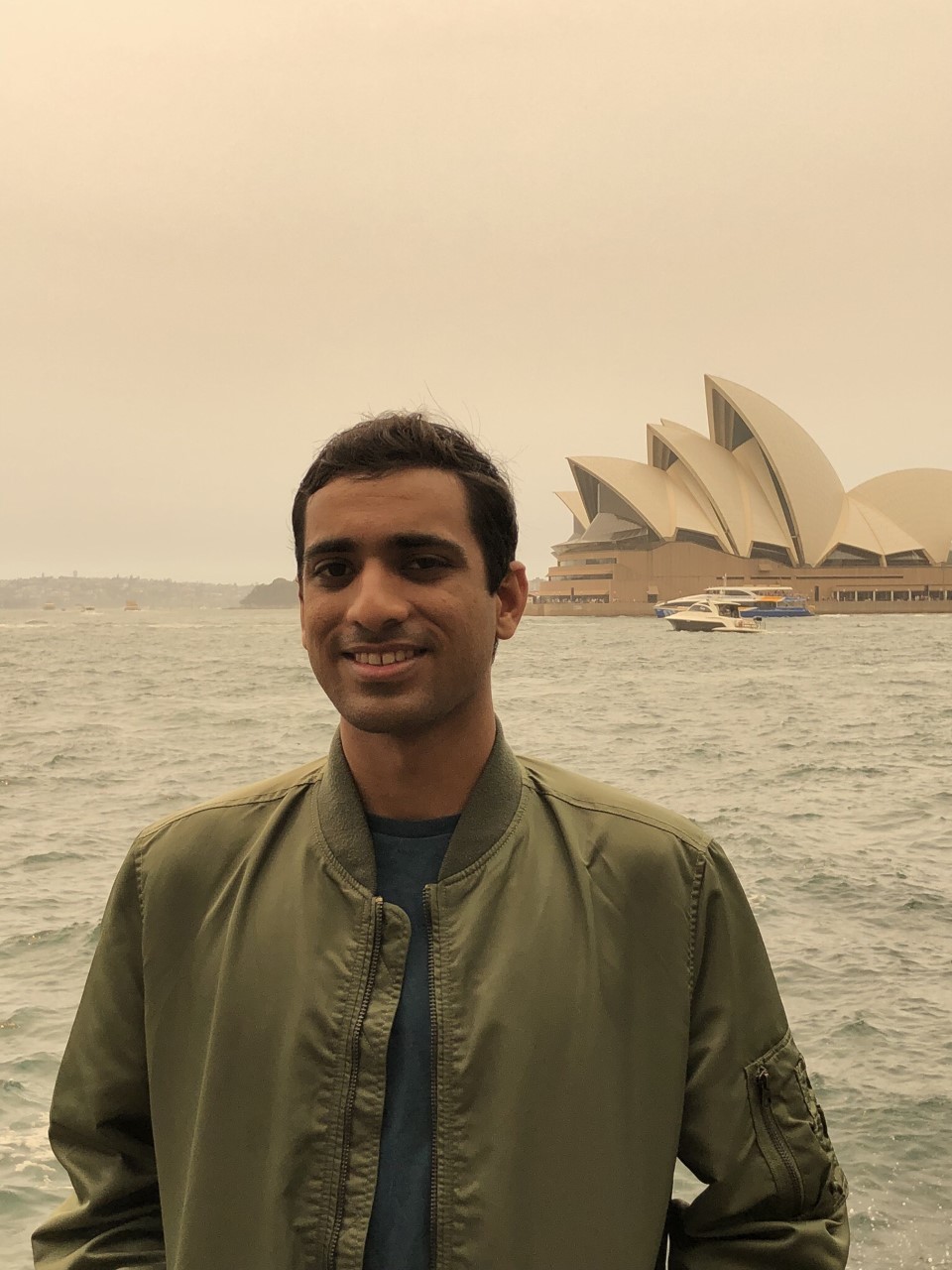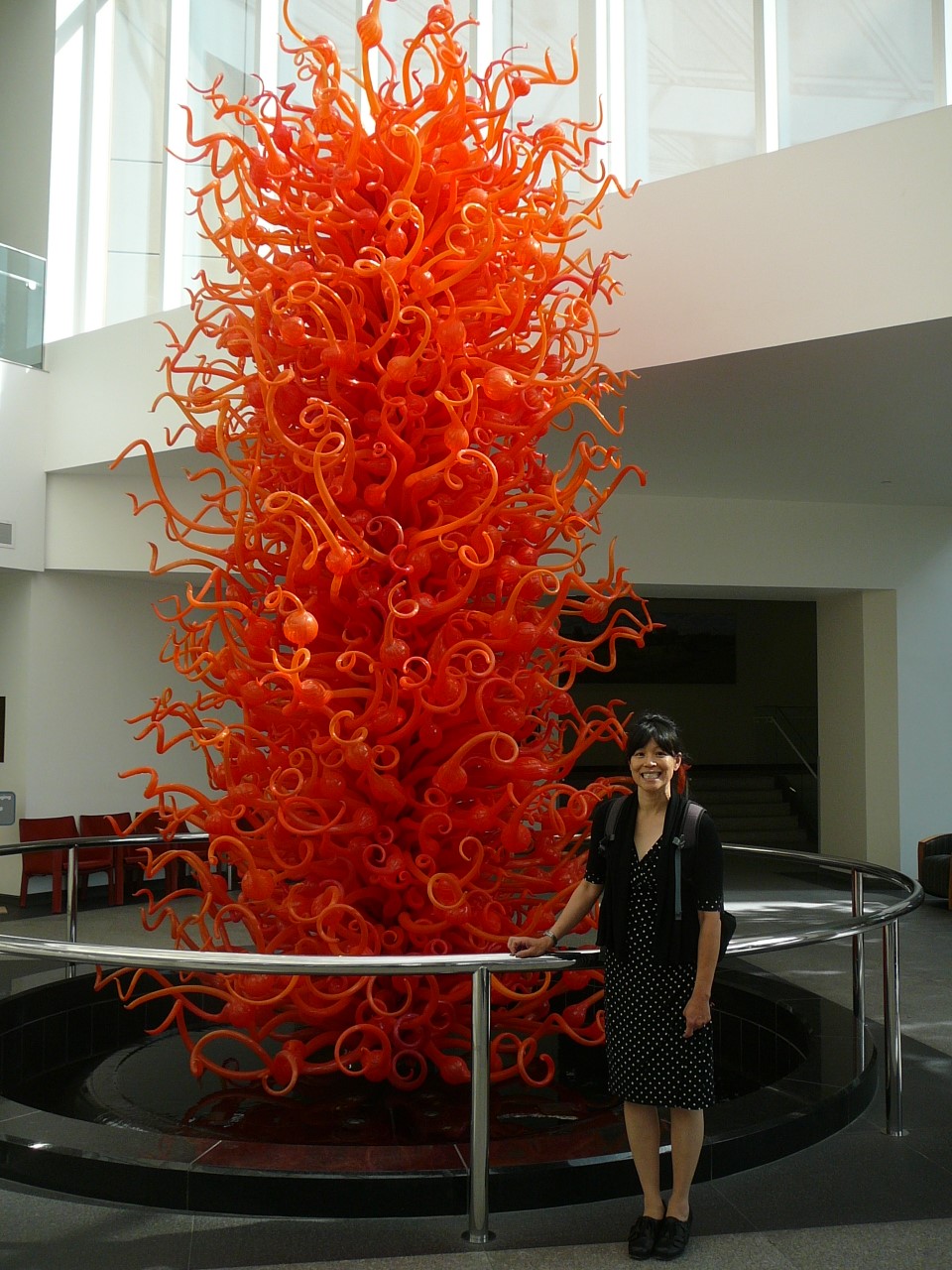By Pinar S. Ozbay

This MRM Highlights Pick interview is with Rohan Kapre and Angelique Louie, researchers at UC Davis, USA. Their paper is entitled “A novel gamma GLM approach to MRI relaxometry comparisons“. In their paper, they proposed a gamma generalized linear model with identity link (GGLM-ID) framework for analyzing MRI relaxometry data and compared it with other models, like ordinary least squares (OLS), showing it to perform better, in terms of precision and accuracy, in relaxivity determination. Looking ahead to future work, they hope this model will prove to be a valuable framework to unify the analysis of MRI relaxometry data both for in vitro and in vivo (clinical) studies. The authors also made some of their code available, and created a nice user-friendly dashboard with R Shiny.
MRMH: Could you briefly outline your backgrounds and explain how you got into the field of MRI?
Rohan: I completed my undergrad in bioengineering in 2017 at UCLA. I had heard about MRI, or more precisely NMR, in an organic chemistry class. I was very interested in physical chemistry and the engineering side of that field. Later, as an undergrad, I started working in a lab performing cell density mapping based on T1/T2 contrasts, and continued from there. That led me to join Prof. Louie’s lab at UC Davis, where one of our goals is to investigate the cellular uptake of different contrast agents via MRI relaxometry.
Angelique: My training was in lasers and optical imaging, but as a postdoc I worked for a chemist on a project to develop cobalt chelates as enzyme inhibitors. I developed a way to apply these as zinc finger transcription factor inhibitors. As that project was wrapping up, I was offered the chance to move to a different project in the lab to develop activatable MRI contrast agents, and the rest is history!
MRMH: Could you tell us the story behind the work, how the idea for this work evolved?

Angelique: It’s an interesting story! It began when Rohan was assigned to work on a project to evaluate nanoparticle degradation by VSM and SQUID. As part of this, he had to do a number of relativity measurements. He wanted to understand how relativity measurement works, so he set about probing exactly how the instrument (and its users) were coming up with their relativity values. He found that the relaxivity plots that are standard practice for calculating these values were prone to greater degrees of error at the higher concentrations. This set off what I think was the beginning of a real love affair with statistics for Rohan. The next thing we knew, he was doing many calculations and researching other methods to use to analyze the data, and this is what evolved into this paper and resulted in him getting a double M.Sc. in Biostatistics!
Rohan: What I liked about contrast agents and relaxometry was the quantitative nature of the measurements. While working on this project, I realized, while measuring relaxometry, that errors were propagating with higher values. I was taking stats classes at the time, where they talked about OLS (ordinary least squares) assumptions, and I realized our data didn’t meet these. This led me to think that there must be a better way of doing it.
MRMH: Could you briefly summarize your method and its advantages over the traditional weighted least squares approach?
Rohan: The method can be seen as an iterative weighted least squares (IWLS) method. The biggest advantage is that the weights do not have to be set beforehand. This lends flexibility to the method as opposed to standard WLS, which we also explored. In comparison to a log transform, the GGLM method avoids distorting the linearity between relaxation rate and concentration. From MRI theory we also know relaxation rates are additive on the original untransformed scale, and GGLM adheres to this. Furthermore, though we mostly focused on GGLM-ID, the GGLM method can be used with 3 different link functions: identity, inverse (the default), and log links. It is possible that a different link function may be a better choice depending on the exact application. An advantage of the default inverse link, for example, is that it does not directly require one to invert the T2 data to R2 (which in some in vivo applications may potentially distort the data), but is instead applied to the expectation. On the other hand, in situations (with qualitative predictors) where comparisons involving ratios between R2 values are desired, one could use a log link. The usual log transform to compare ratios can be shown to be slightly biased. The choice of link function also adds to the flexibility of GGLM overall.
I should also mention that GLM is an already defined function in R, and should be in MATLAB and Python, too, so we didn’t really invent it, simply discovered that it is useful for fitting MR quantitative data such as R2/T2.
MRMH: What was the biggest challenge in the implementation?
Rohan: For reproducibility purposes, I made an interface for relaxivity measurements using R Shiny. Creating a user-friendly and open-source dashboard was challenging and required me to learn some new skills. But once I had found a similar interface that I could adopt for my work, things got better and it worked really well. It was challenging to figure out how to implement the non-default identity link on R2 for GGLM so we decided to just use the default inverse link (GGLM-INV) on T2, which in the paper performs almost just as well. The dashboard can be found here: https://rokapre.shinyapps.io/GGLMINV_interface/
MRMH: What other projects involving GGLM-ID are you currently doing or planning?
Rohan: We have been doing a longitudinal in vivo study in mice. It concerns molecular MRI with the use of contrast media in mouse tumors. This study actually involves extending some of our findings to the area of gamma generalized linear mixed models (GGLMMs). Mixed models are needed to account for correlated responses in the mice over time. Another ongoing project is a cell (macrophage) study. There, we are comparing four different nanoparticles, and recent results based on residual data show that GGLM-ID is the best choice among other models. In both these studies, we are comparing the T2/R2 response to different contrast agents, and all of our predictors are categorical. Thus, this framework is applicable more broadly to MRI relaxometry studies beyond simple relaxivity calculation.
MRMH: Do you have any ideas on how you might improve the current model?
Rohan: One weakness of the current GGLM model is that it does make the assumption of an approximately constant coefficient of variation. This may be true for many but not all MRI relaxometry datasets, especially complex in vivo studies. In a different longitudinal mouse study than above, we found that both GGLMMs and log-transformed LMMs (linear mixed models) struggle at T2 values very close to 0 ms, and a regular LMM can even predict unphysical negative values in this regime. One way to improve upon this is to develop a GLM/GLMM where the variance function is estimated from the data itself, though this would require a large sample size. For now, a possible workaround solution is to use something called generalized estimating equations (GEEs), which are robust to variance misspecification. Moving forward, I also think we could definitely explore a way to incorporate our findings with deep learning neural networks. GLMs could be seen as one layer of the network, and we would need to include a loss function for gamma deviance, which could be minimized via gradient descent rather than iterative WLS. Our training set could be any quantitative measure, such as R2 or T2 values. Many biomarkers have a constant coefficient of variation, so a neural network using the gamma deviance loss could be useful for predicting these biomarkers based on raw MRI relaxometry images.




